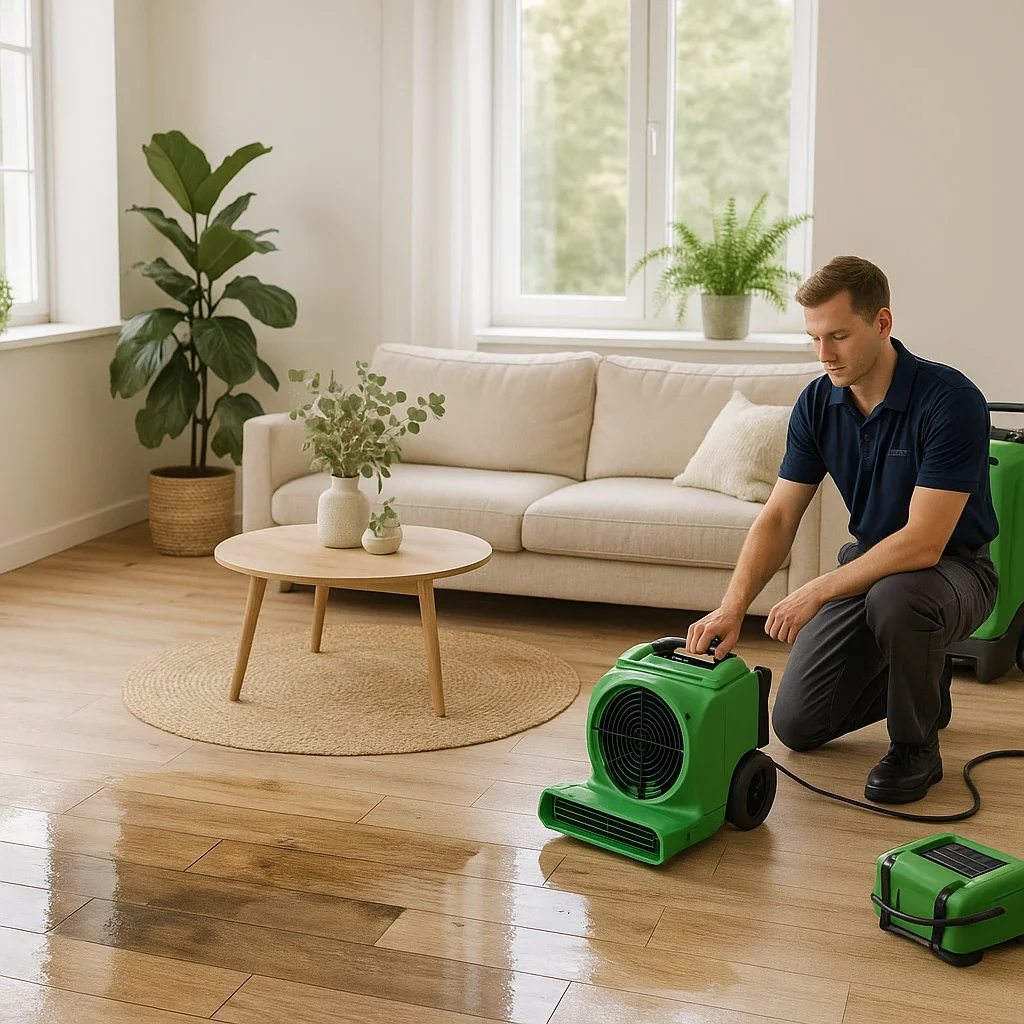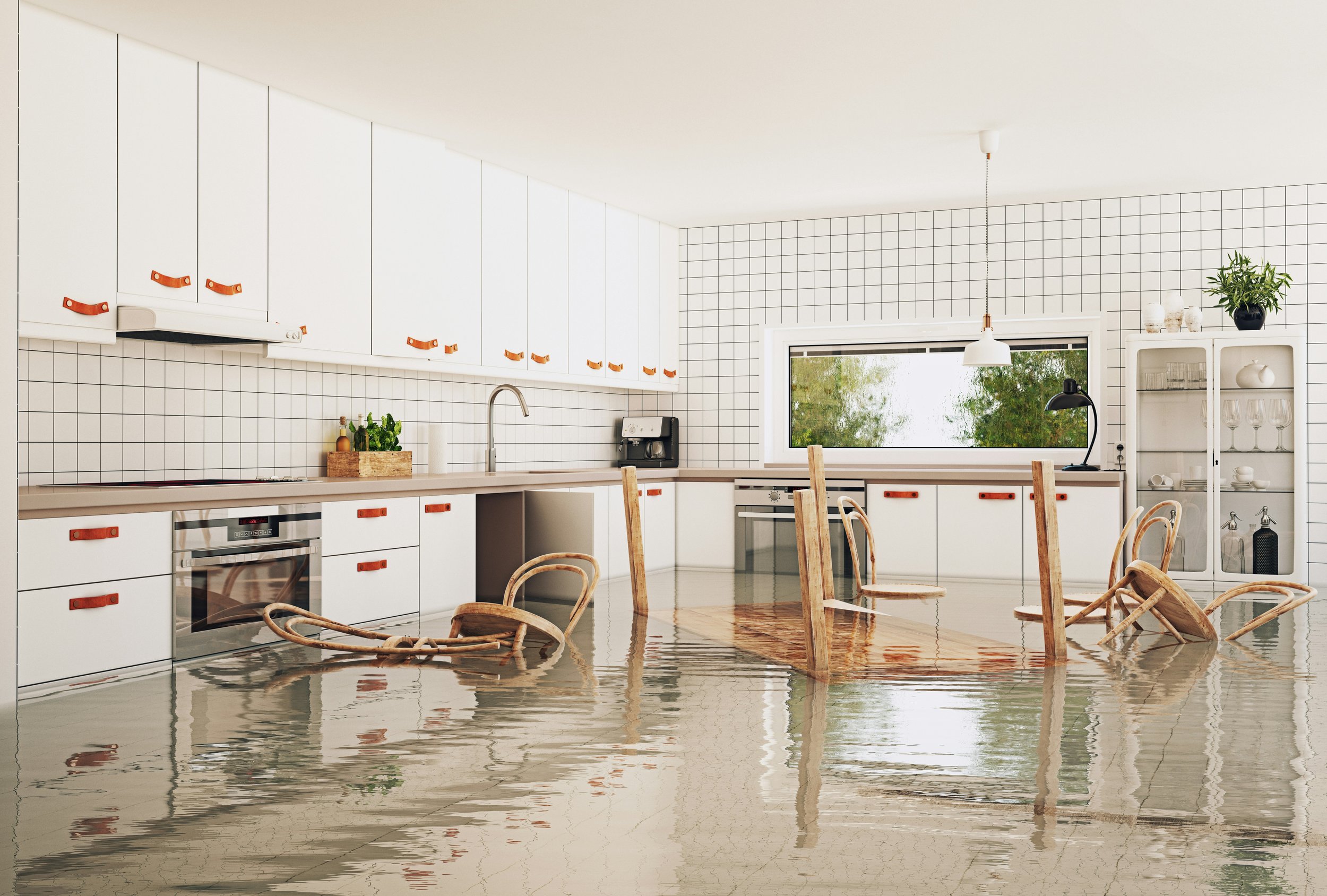Designing for Wellness: How Your Home Decor Choices Affect Indoor Air Quality
Discover how furniture, paint, and materials impact indoor air quality—create a healthier home through mindful decor and smart design choices.
When decorating a home, most people focus on color palettes, furniture styles, and lighting. But few stop to consider how these choices might affect the air they breathe every day.
Indoor air quality (IAQ) plays a critical role in our health and comfort, especially in today’s energy-efficient homes that are tightly sealed. Understanding how your design decisions can contribute to cleaner air can help you create a home that looks great and feels even better to live in.
What Is Indoor Air Quality and Why It Matters
Indoor air quality refers to the condition of the air inside buildings and structures, particularly as it relates to the health and well-being of the occupants. Poor IAQ can contribute to a variety of symptoms, including fatigue, headaches, eye irritation, and even long-term respiratory problems.
Many people assume outdoor air is more polluted than the air inside their homes. However, modern research shows that indoor air can be two to five times more contaminated than outdoor air. In some extreme cases, it’s even worse. This is especially true in homes where synthetic materials, chemical-based products, and poor ventilation combine to trap harmful pollutants.
Common Decor-Related Sources of Air Contamination
Several everyday home decor elements can unknowingly contribute to poor indoor air quality. The first and most common offender? Paint.
Traditional paints and finishes often contain volatile organic compounds (VOCs), which off-gas harmful chemicals into your home’s air during and even long after application. These compounds are linked to short- and long-term health issues, especially for children, older adults, and people with asthma.
Other contributors include synthetic carpets and foam cushions, which release formaldehyde and other gases over time. Particleboard furniture, a popular low-cost option, is another common source of indoor toxins due to the adhesives and treatments used in its construction.
Even your favorite scented candles or air fresheners can work against you. Many of these products contain phthalates, artificial fragrances, and other irritants that can compromise your respiratory health.
Dust buildup on decorative items, textiles, and window treatments can also exacerbate problems. Heavy curtains, for example, tend to trap dust and allergens, particularly if they’re rarely washed. Cluttered rooms with minimal ventilation allow pollutants to linger longer in the air.
Health-Conscious Design Choices to Improve IAQ
Improving air quality through design is not just possible—it’s practical and stylish. One of the first steps is to choose low-VOC or no-VOC paints and sealants. These safer alternatives are widely available in a range of shades and finishes to suit any room.
Opt for natural materials whenever possible. Solid wood furniture, untreated organic textiles, and woven natural fiber rugs not only look good but are less likely to release harmful substances. Cotton, wool, bamboo, and hemp fabrics are ideal choices for upholstery, curtains, and bedding.
Plants offer another stylish and effective solution. Species like spider plants, snake plants, and peace lilies are known for their ability to absorb toxins and purify indoor air. Strategically placing greenery throughout your home can reduce pollutants and boost visual appeal.
Furniture placement and room layout also affect air quality. Avoid blocking vents and windows with bulky items. Instead, use open shelving, space-saving arrangements, and airflow-friendly layouts to keep the air moving freely through each room.
When Design Isn’t Enough: Dealing with Hidden Threats
Even if you've made thoughtful choices with materials and layout, certain problems can remain out of sight, especially mold. Mold often forms in damp areas or behind walls and ceilings, where it grows unnoticed for months or even years.
The presence of mold can drastically reduce indoor air quality and pose serious health risks, especially for people with allergies or asthma. Symptoms may include coughing, sneezing, nasal congestion, skin irritation, and more severe respiratory issues.
If you're experiencing persistent musty odors, allergic reactions, or unexplained respiratory symptoms despite improving your decor choices, it may be time to consider a mold inspection for your home. Mold testing can identify hidden colonies and help you address them before they spread or cause lasting damage.
Looking at the Bigger Picture: Long-Term Health and Design
Designing for wellness means considering how your home supports your everyday health. Air quality should be viewed as an integral part of a healthy home, not an afterthought.
For additional information on IAQ and its health implications, the U.S. Environmental Protection Agency (EPA) provides valuable guidelines for reducing indoor pollutants and improving ventilation. Their recommendations include avoiding high-emission materials, improving airflow, and identifying problem areas early.
And if you're considering how color, materials, and layout affect not only the look but also the feel of your home, How to Boost Curb Appeal with Color and Texture Combinations offers insight into choosing decor elements that are both beautiful and practical.
Integrating Air Quality Solutions into Decor
Many air-purifying tools now come in designs that blend seamlessly into modern interiors. Sleek air purifiers with wood grain finishes, matte black or white casings, and minimalistic silhouettes can double as statement pieces in your room.
Humidifiers and diffusers also come in decor-friendly forms. However, essential oils should be used cautiously and in moderation, as some may trigger allergies or sensitivities. Stick with clean, pure essential oils like eucalyptus or lavender if you choose to incorporate them into your space.
Window treatments can make a difference too. Replace heavy, dust-prone drapes with lightweight, breathable fabrics that allow more natural light and air to circulate. Sheer curtains or bamboo blinds offer aesthetic appeal while supporting ventilation.
Built-in shelves near windows not only provide natural light for plants but also improve airflow. Ceiling fans, too, are available in designer models that enhance both comfort and air circulation without compromising your aesthetic.
Conclusion
Home design isn’t just about what you see—it’s also about what you breathe. Prioritizing air quality through intentional decor and material choices helps create a space that feels as good as it looks.
By selecting safer paints, natural materials, and air-boosting features like plants and ventilation-friendly layouts, you’re investing in long-term wellness. And if persistent issues arise, such as mold, addressing them proactively is essential to protecting your home's health and your own.
The best designs aren’t just about surface beauty—they support your lifestyle, your comfort, and your well-being from the ground up.






























